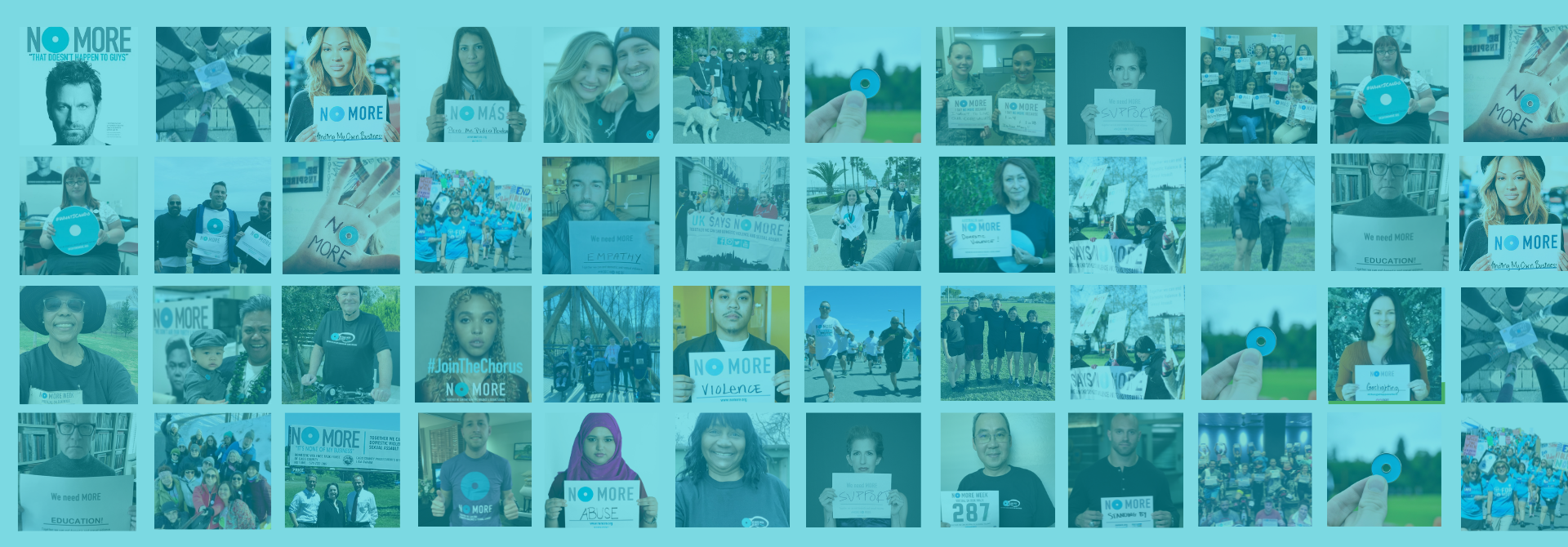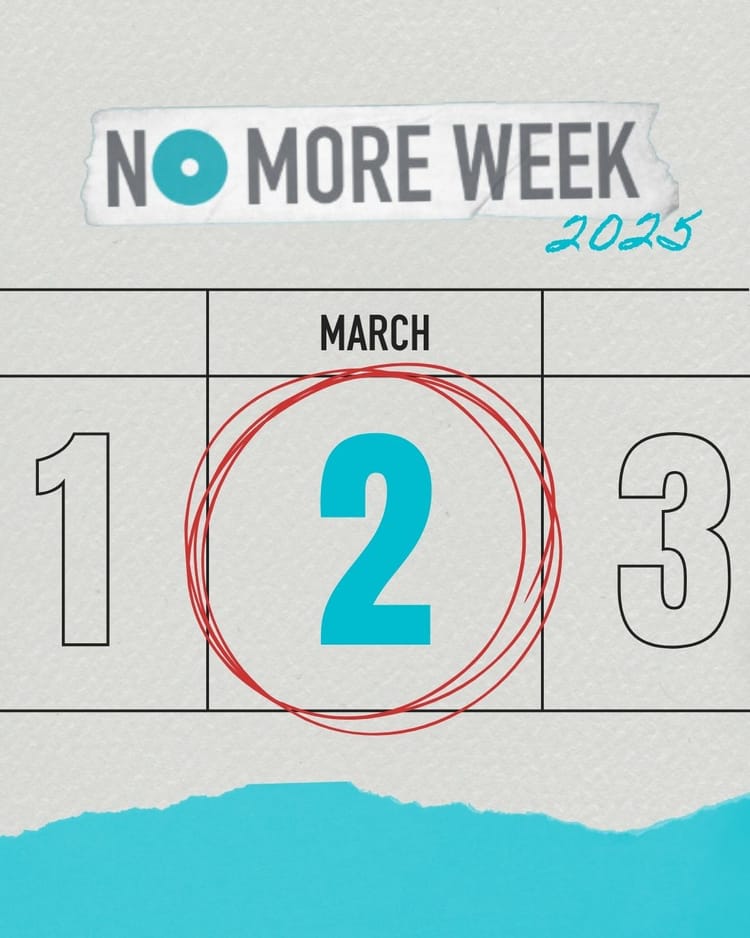Parenting in the Digital Age of Pornography

“There’s nowhere else to learn about sex — and porn stars know what they are doing.”
This rather disturbing quote comes directly from teen featured in “What Teenagers Are Learning From Online Porn,” a recent cover story in the New York Times Magazine.
In this time of more open dialogue about consent, and sexual assault, harassment and misconduct, looking at how porn influences young people—the very people who have the power to change the cultural norms that allow for this behavior—is critical.
As a culture, we have become desensitized to sex and violence due in large part to the ubiquitous portrayal of sexual violence in video games, movies and media. Thanks to the Internet, pornography that was once hidden in the back rooms of video stores, available only in sketchy areas of town, or hastily stuffed under mattresses became readily accessible around the clock, and today pornography is consumed by the masses. Add smartphones and other video recording devices to the mix, and porn is just as easy to create.
In addition to increased access, the content of mainstream pornography has become increasingly violent and graphic in nature, with explicit, high-res images replacing the blurry, pixelated sex videos of the past.
With the average age of first exposure to pornography around 13 years old, kids are simply unprepared to distinguish the messages they encounter in porn. Without the knowledge or understanding of what a respectful, mutually-agreeable, intimate relationship is, pornography then becomes a major source for youth to learn about sex.
It’s naive to assume that uninformed viewers with little sexual experience will not be influenced by these messages, especially when the majority of pornography is consumed by boys and young men. Research has shown a correlation between the consumption of pornography at an early age and incidence of sexual violence.
Exposure to pornography creates unrealistic expectations for both women and men when engaging in sex, and that could very well be a driver of sexual assault among young people.
So, what can be done?
Love it or hate it, pornography is deeply entrenched in our culture. Installing rigorous parental controls on devices might prevent kids from seeing it for a time, but at a certain age, it will be beyond a parent’s control.
Adults need to talk openly with young people — male and female — about pornography so that they know what they are watching is choreographed and made up. Regardless of how difficult, uncomfortable and downright embarrassing this conversation might be, there are some ways to approach it:
- Take a “no shame, no blame” attitude from the start so it’s a two-way conversation rather than a lecture.
- Acknowledge that what you are about to discuss may be difficult for both of you.
- Think about the message you want to convey before you start talking but be ready to go where the conversation takes you — retaining the no judgment approach.
- Reference media or video games, but don’t denigrate them. Instead use them as a jumping off point to explore how your kid thinks the hyper-exaggerated violence and sex may influence other kids’ views of what healthy, mutually satisfying intimacy is.
- Remind kids that racy or not, both parties should enjoy sexual experiences and feel comfortable telling each other what they like or don’t like.
We can get this message out via social media and the Internet, but to reinforce this message, parents need to have these discussions with their sons and daughters as early as they feel is appropriate.
By now most parents know they have to talk to their kids about sex, and drugs and alcohol, and many more know, that they need to include healthy relationships in these conversations. Speaking openly and preemptively about healthy intimacy versus what’s seen in pornography is a natural extension of those talks.
Connect with kids so they make good, informed decisions — because the potential cost of staying silent is too great.
Visit Break The Cycle for tips on how to start a conversation with teens about pornography. Start talking to your children about healthy sexuality using the NO MÁS campaign’s tools for parents, available in both English and Spanish. Additional resources for talking to teens about healthy sexuality and relationships are available on Planned Parenthood’s website.
Jane Randel is the co-president of Karp Randel LLC and co-founder of NO MORE and Amy Sánchez is the chief executive officer of Break the Cycle, a social justice advocate and community leader.

Make a Difference
Enjoying the content? Consider becoming a monthly supporter. Your recurring donation helps ensure we can continue bringing you great content. Subscribe with a supporting membership for as little as $5 a month.
Become a ChampionTogether We Can End Domestic and Sexual Violence






